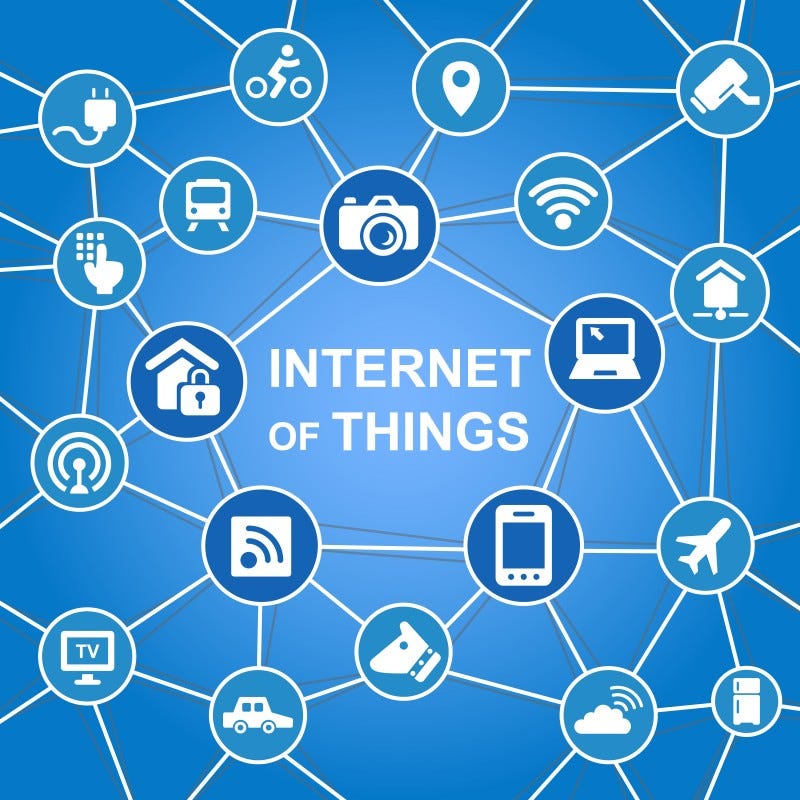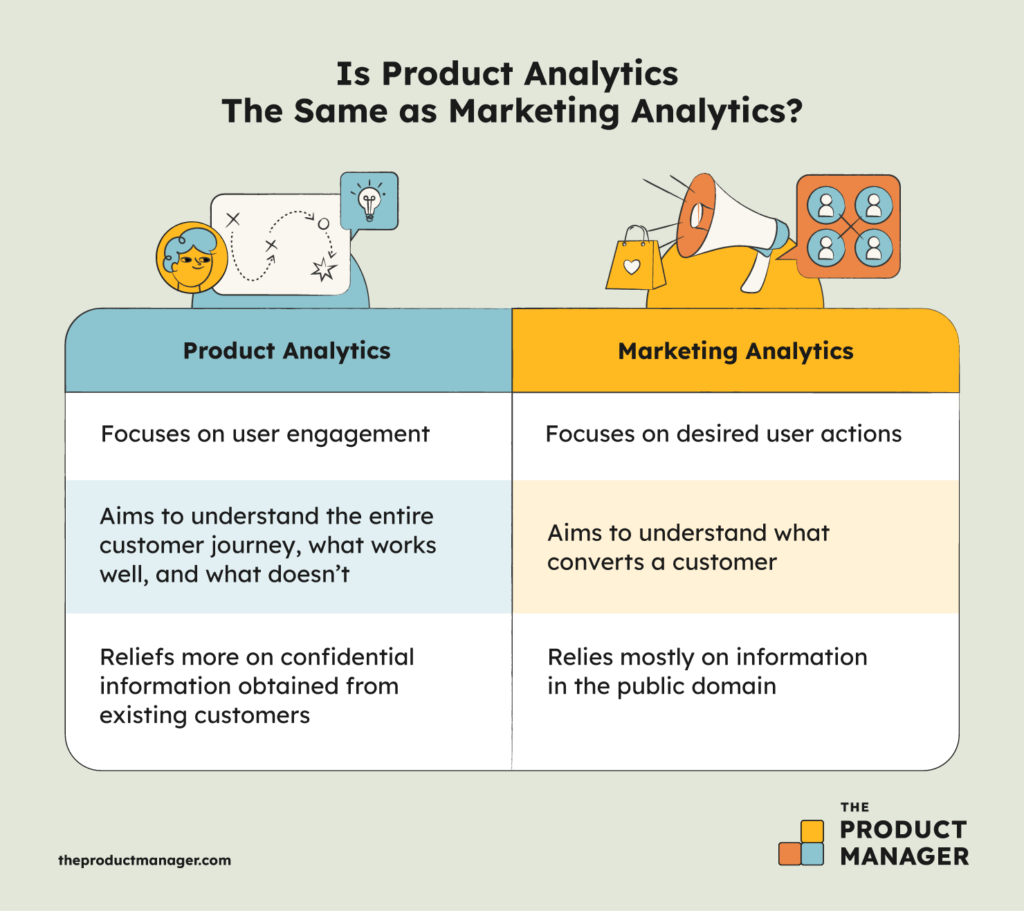In a world increasingly driven by technology, the Internet of Things (IoT) has emerged as a transformative force. From smart homes to industrial automation, IoT has penetrated every facet of our lives. As the IoT ecosystem continues to grow and evolve, effective product management is essential to navigate the complexities of this interconnected landscape. In this blog post, we will explore the challenges and opportunities of product management for IoT, and provide insights to help you successfully steer your IoT product to success.
Understanding the IoT Landscape
Before delving into the intricacies of product management for IoT, it’s crucial to grasp the vastness and diversity of the IoT landscape. IoT encompasses a wide array of devices, applications, and industries. From wearable fitness trackers to massive industrial sensors, IoT devices collect and transmit data to enable real-time decision-making and automation.
The IoT ecosystem can be broadly categorized into three layers:
Sensors and Devices: These are the physical components that collect data. They can range from simple temperature sensors to complex industrial machines equipped with multiple sensors.
Connectivity: IoT devices rely on various communication protocols such as Wi-Fi, Bluetooth, cellular networks, and Low-Power Wide Area Networks (LPWAN) to transmit data to the cloud.
Cloud and Data Analytics: This layer processes and analyzes the data generated by IoT devices, providing valuable insights and enabling actions based on the data.
Challenges of IoT Product Management
Managing IoT products presents unique challenges that require a comprehensive understanding of both the technology and the market. Here are some of the key challenges product managers may encounter:
- Interoperability: IoT devices often come from different manufacturers and use different communication protocols. Ensuring these devices can seamlessly communicate and work together is a significant challenge.
- Data Security and Privacy: IoT devices collect sensitive data, making security and privacy a top concern. Product managers must implement robust security measures to protect data from breaches.
- Scalability: IoT products often need to scale rapidly to accommodate a growing number of devices and users. Planning for scalability is crucial to avoid performance bottlenecks.
- Rapid Technological Advancements: IoT technologies evolve quickly. Keeping up with the latest advancements and integrating them into existing products is a constant challenge.
- Regulatory Compliance: IoT products are subject to a web of regulations, including data protection laws and industry-specific standards. Compliance is essential to avoid legal issues.
Strategies for Successful IoT Product Management
Despite the challenges, IoT offers immense opportunities for innovation and market growth. Here are strategies to help product managers navigate the IoT landscape successfully:
- Customer-Centric Approach: Understand your customers’ needs and pain points. IoT solutions should solve real-world problems and enhance user experiences.
- Cross-Functional Teams: Building IoT products requires collaboration among hardware, software, data analytics, and domain experts. Form cross-functional teams to ensure a holistic approach.
- Agile Development: Embrace agile methodologies to adapt quickly to changing requirements and technologies. Rapid iteration is key to staying competitive in the fast-paced IoT market.
- Data Monetization: Explore ways to monetize the data generated by IoT devices. This can involve selling data insights or using data to enhance your core product.
- Robust Security: Prioritize security from the outset. Implement end-to-end encryption, regular security audits, and over-the-air updates to address vulnerabilities promptly.
- Partnerships and Ecosystems: Collaborate with other IoT ecosystem players, such as device manufacturers, connectivity providers, and data analytics firms, to create value-added solutions.
- Compliance and Standards: Stay informed about industry-specific regulations and standards. Ensure your product complies with data privacy and security requirements.
Conclusion
Product management for IoT requires a unique set of skills and a deep understanding of both technology and customer needs. While the challenges are significant, the rewards in terms of innovation and market growth can be substantial. By adopting a customer-centric approach, building cross-functional teams, and staying agile in a rapidly evolving landscape, product managers can successfully navigate the Internet of Things and unlock its full potential.
The Internet of Things is not just a technological trend; it’s a transformative force that has the power to reshape industries and improve our lives. With the right product management strategies, you can ride the IoT wave and turn your vision into a reality.




